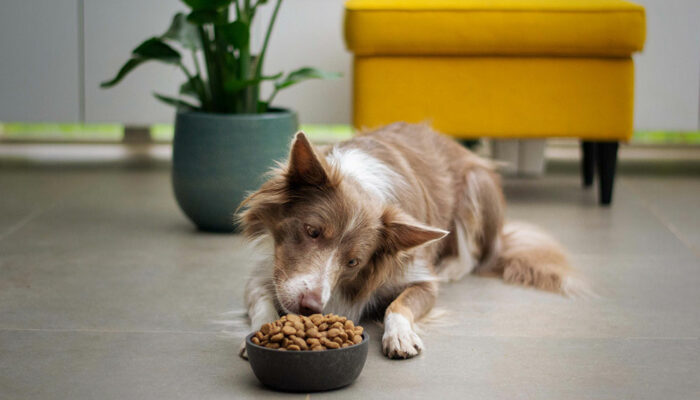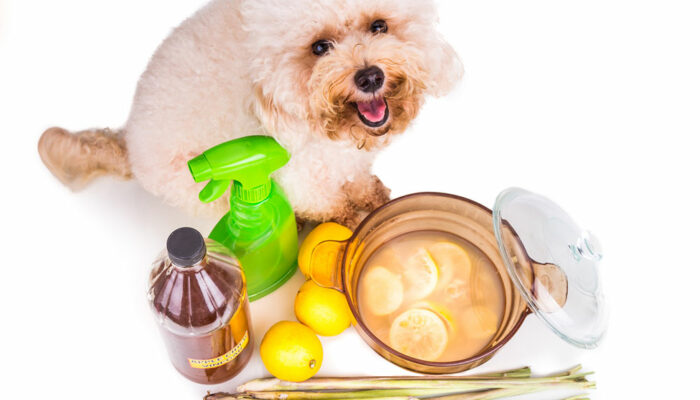
pets
10 best dog food Black Friday deals
If you cannot cook home meals for your dog, you can choose from foods like Kibble or dry, canned, semi-cooked, and raw food. Talk to your vet to understand the best type for your pet based on their breed, age, size, weight, and activity levels. Start by feeding them smaller portions and check for allergies before making them permanent. Refer to our list of 10 best Black Friday food deals for your furry friend. Purina beyond beef, potato & green bean recipe ground entrée grain-free canned dog food, case of 12 The main ingredients are beef, potato, and green bean, all ground and enhanced with prebiotics, fiber, essential minerals, and nutrients. It contains no fillers or poultry by-products and is free of synthetic additives. Black Friday deal: 31% off Blue Buffalo Basics limited ingredient grain-free dog Food – large dog This pack is best suited for large dogs that need extra food portions. The package contains chicken, lamb, and salmon. It also has apples, tomatoes, blueberries, and pumpkins that are highly antioxidative to build immunity. Black Friday Deal: Up to 30% off American Journey salmon and sweet potato recipe grain-free dry dog food It is a combination of salmon, fruits, and vegetables that gives your dog protein, antioxidants, and phytonutrients in one shot.
Read More 








